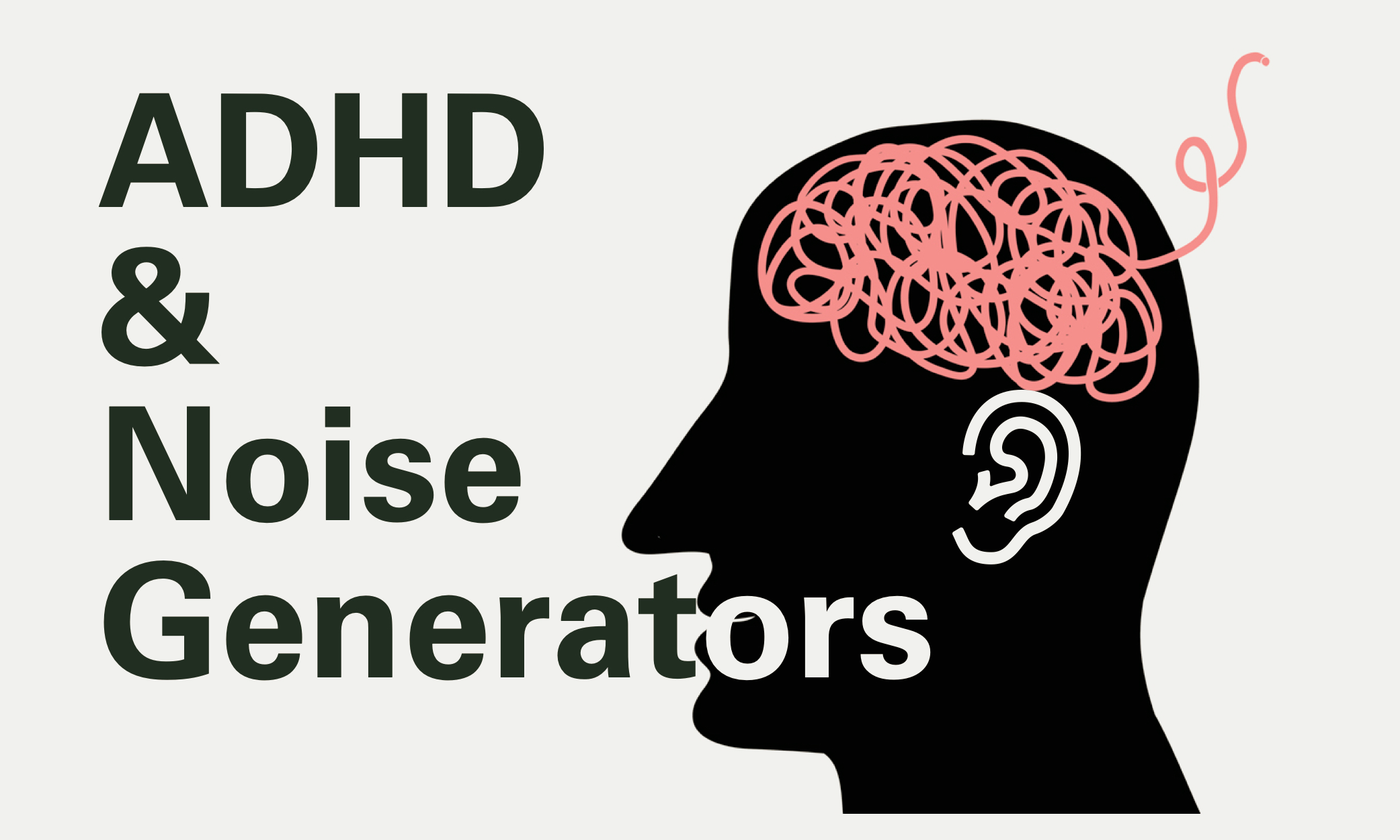How To Teach Tunes By Ear to build Aural Skills
how to teach tunes by ear
There are so many benefits of teaching tunes by ear. It allows students to learn the music that they are interested in while giving them structure for future self-learning using high level musicianship principals and aural skills. I start doing these activities with all of my classes as early as possible. One of the most important parts of this process is not using any lead sheets or chord charts. It’s also important to celebrate the little successes, to understand that it takes longer to work this way, and to share with students that this is the way that the pros learn tunes.
We work from macro to micro:
Form
Harmonic rhythm
Chord progression
Texture
Style
Form
We first listen to the song and break it down into its song sections, making note of how long the phrases are and how many phrases create each section.
Example
Intro 1x4
Verse 1 2x4
Chorus 2x4
Verse 1 2x4
Chorus 2x4
Bridge 2x4
Chorus 4x4
Ending 1x4
Harmonic Rhythm
Next we find the harmonic rhythm. I play the chord progression with the recording or on a chordal instrument and have the class count the steady beat. Every time they hear a chord change they clap. The next step is to find when the sequence of chords repeats. Once students can find how long each chord lasts, they can write them in a lead sheet by using an X to notate when the chords change.
Example
Chorus X / / / | X / / / | X / / / | X / / / |
Chord Progression
I usually figure out the chord progression while we are listening to the song for form. This helps me stay ahead of the class and allows me to play the chord progression on a guitar or piano to help them find the progression later. I play the progression for them and have them listen for each chords quality and the direction and distance between chords. If chords are ascending in step motion and go from major to major to minor, the progression has to be a IV V vi. Sometimes students pick a progression that has a non-diatonic chord. I might spend time talking about non-diatonic chords, but sometimes its best just to say III or Major III instead of a V/vi.
Example
Chorus IV / / / | ii / / / | vi / / / | I / / / |
Time To Jam
Once we know the chord progression, we are able to jam. My guitar classes play bass by using the low strings, and they realize the harmony by playing power chords or cowboy chords. In my piano class, some students play bass with the left hand while others play chords with the right. We play drums in ALL of my classes. If there is a mic in the middle of the room, students can sing while others take turns playing all of the elements of the band. It’s an amazing activity. Students are applying music theory, aural skills, and their memories while using the instruments they are studying. It’s also a whole lot of fun.
MORE RESOURCES





